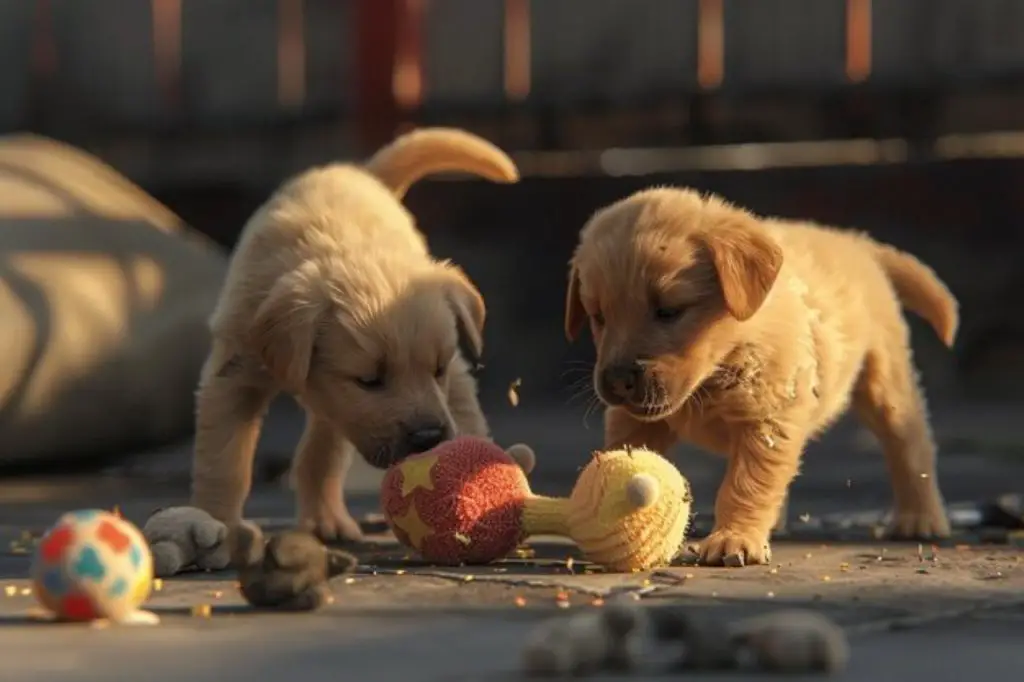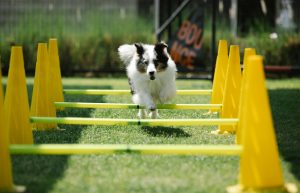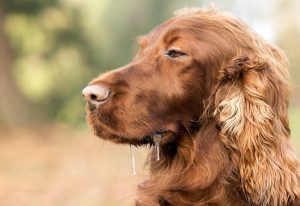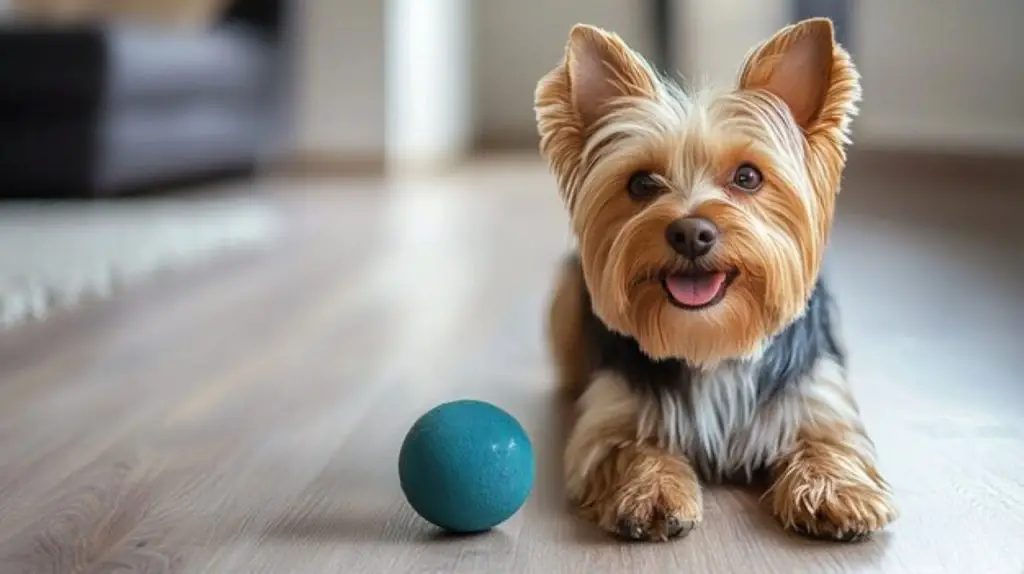
To train your dog not to chew things, you need to understand that chewing is a natural behavior for them, serving as a means of exploration, relief, and instinctual expression. Redirecting this behavior to acceptable alternatives is key to preventing destructive chewing. You can start by choosing safe chew alternatives, such as natural chews, frozen treats, and durable rubber toys. Supervising your dog’s behavior and using positive reinforcement training can also help. By setting clear boundaries and rules, you can teach your dog what is and isn’t acceptable to chew, and with time and consistency, they’ll learn to make better choices. With the right approach, you can help your dog develop healthier chewing habits and a stronger bond with you, and that’s just the beginning.
Table of Contents
Understanding Why Dogs Chew Things

To address excessive chewing, you need to understand that dogs chew on things for several reasons, including teething pain relief, boredom, anxiety, and exploring their environment through instinctual behavior.
Your dog’s chewing instincts are a natural part of their cognitive and emotional makeup. These instincts drive them to investigate and interact with their environment, often leading to unwanted chewing episodes.
By recognizing that your dog’s behavior is rooted in their nature, you’ll approach the issue with empathy and understanding.
You’ll also need to reflect on the various behavioral reasons driving your dog’s excessive chewing. Are they bored or anxious? Are they seeking attention or comfort?
This post contains affiliate links. However all the information provided on this site are my own honest opinions. See more in Disclaimer.
Once you’ve identified the underlying causes, you’ll be better equipped to develop an effective strategy for curbing the behavior.
Understanding your dog’s motivations is the first step towards finding a solution that works for both you and your pet.
Choosing Safe Chew Alternatives
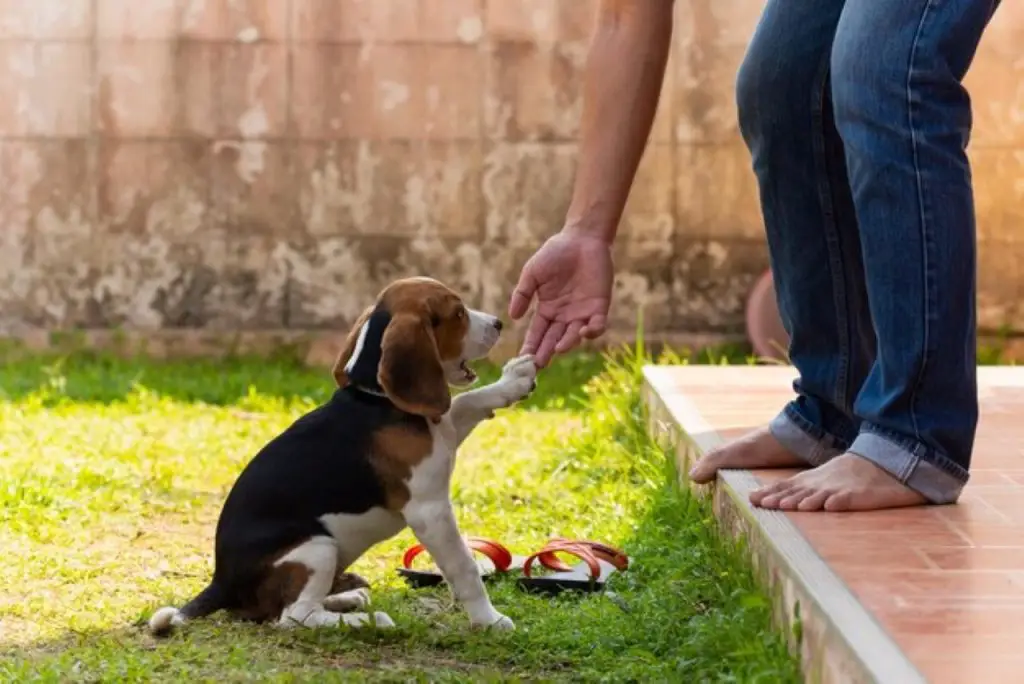
Now that you understand why your dog is chewing things, it’s time to give them suitable alternatives.
You’ll want to choose healthy chew options that satisfy their urge to chew while preventing damage to your belongings.
Healthy Chew Options

Providing your dog with a variety of healthy chew options is crucial for redirecting their natural instinct to chew away from undesirable items.
By offering natural chew options, you’ll not only save your belongings but also promote your dog’s overall health and well-being.
Natural chew options like raw bones, bully sticks, and antlers provide dental health benefits by reducing tartar and plaque, while also satisfying your dog’s urge to chew.
In addition to these options, you can also consider other healthy chews like frozen Kongs filled with treats or peanut butter, carrot sticks, and greenies dental chews.
It’s important to choose the right size and texture for your dog to prevent choking hazards and guarantee their safety.
By providing a mix of these healthy chew options, you’ll keep your dog engaged, stimulated, and satisfied, reducing the likelihood of destructive chewing behavior.
Remember to always supervise your dog when introducing new chews to guarantee their safety and enjoyment.
Durable Chew Toys

While healthy chew options like raw bones and bully sticks are great for satisfying your dog’s urge to chew, you’ll also want to offer durable chew toys that can withstand aggressive chewing and provide long-lasting entertainment for your dog.
Interactive chew toys are perfect for this purpose, as they challenge your dog to figure out how to get a treat out, keeping them engaged and stimulated.
Look for durable rubber toys with varying textures and ridges, which can help reduce boredom and destructive chewing.
When shopping for durable chew toys, consider eco-friendly options made from non-toxic, biodegradable materials. These toys aren’t only better for the environment, but they’re also safer for your dog to chew on.
Some popular eco-friendly options include recycled rubber toys and sustainably sourced chew toys made from natural materials like bamboo or hemp.
By providing your dog with a variety of durable, interactive, and eco-friendly chew toys, you can redirect their chewing behavior away from unwanted items and toward more acceptable alternatives.
This will help prevent destructive chewing and promote a healthier, happier relationship between you and your dog.
Supervising Your Dog’s Behavior
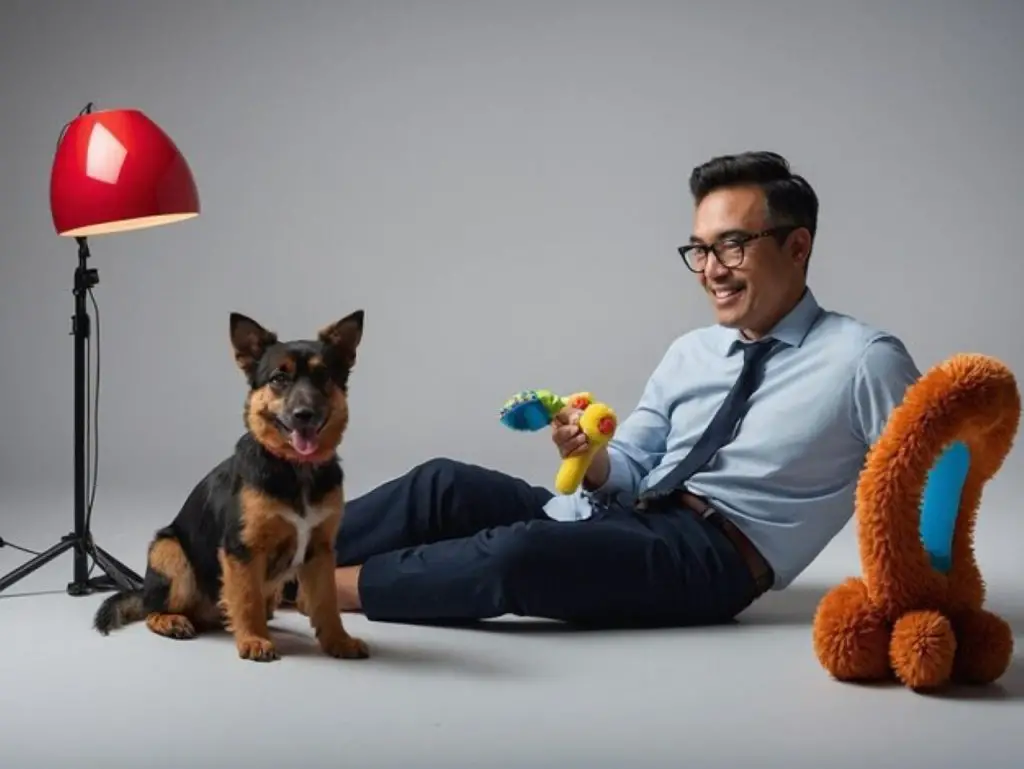
To prevent destructive chewing, you need to keep a close eye on your dog’s behavior, especially during the first few months of training, when they’re still learning what’s and isn’t acceptable to chew on.
Dog supervision is essential in this period, as it allows you to intervene promptly when you catch your dog chewing on something they shouldn’t.
By monitoring your dog’s behavior, you can identify patterns and triggers that lead to destructive chewing, and take steps to address them.
Effective behavior monitoring involves being present in the same room as your dog, paying attention to their actions, and being prepared to react quickly.
If you notice your dog showing interest in an off-limits item, redirect their attention to an acceptable chew toy.
Consistency is key in dog supervision, so make sure all family members are on the same page regarding what’s and isn’t allowed.
By keeping a close eye on your dog’s behavior, you can prevent destructive chewing and set them up for success in their training.
Using Positive Reinforcement Training

As you supervise your dog’s behavior, you can take it to the next level by incorporating positive reinforcement training, which encourages good behavior and discourages destructive chewing by associating rewards with acceptable actions.
This approach focuses on teaching your dog what’s acceptable to chew and what’s not. By using clicker training, you create a clear communication channel with your dog.
When your dog exhibits good behavior, you ‘click’ and immediately reward them with treats or praise. This association helps your dog understand what actions are acceptable.
As you progress with positive reinforcement training, you’ll introduce behavioral cues that signal to your dog what’s expected of them.
Trending in Dogs:
For example, you can teach your dog to ‘leave it’ or ‘drop it’ when they start to chew on something they shouldn’t.
Consistently reinforcing these cues helps your dog develop self-control and understand what’s off-limits.
By leveraging positive reinforcement training, you’ll not only curb destructive chewing but also strengthen your bond with your dog, built on trust, clear communication, and rewards.
With patience and consistency, you’ll be on your way to raising a well-behaved dog that knows what’s and isn’t acceptable to chew.
Redirecting Destructive Behavior
Now that you’ve established a foundation of positive reinforcement training, it’s time to tackle your dog’s destructive behavior head-on.
To redirect their chewing, you’ll need to identify the specific objects that trigger this behavior in your dog – is it shoes, furniture, or something else entirely?
Identifying Trigger Objects

By understanding what drives your dog to chew on specific objects, you’ll be better equipped to identify trigger objects and redirect their destructive behavior.
Take note of the common household items your dog tends to target, such as shoes, furniture, or trash cans. These items often have a particular smell, taste, or texture that attracts your dog’s attention.
Once you’ve identified these objects, try to determine the environmental triggers that contribute to your dog’s destructive behavior. For example, do they tend to chew when they’re left alone or during times of high energy?
Be aware of your dog’s surroundings and the objects within their reach. If you notice your dog showing interest in a particular item, intervene immediately and redirect their attention.
By doing so, you’ll prevent unwanted chewing and help your dog understand what’s and isn’t acceptable behavior.
Keep in mind that every dog is different, so it’s essential to tailor your approach to your dog’s unique needs and preferences.
Providing Alternative Outlets

Destructive chewing can be redirected by offering your dog suitable alternatives that satisfy their natural urge to chew, such as sturdy chew toys or interactive puzzle toys filled with treats.
By providing your dog with these alternatives, you’re giving them an acceptable outlet for their chewing instinct. This approach not only saves your belongings but also helps to reduce stress and anxiety in your dog.
To make the most of this strategy, establish chew schedules that meet your dog’s needs. For example, you can designate specific times for interactive play with chew toys or puzzle toys, such as during meals or when you’re away from home.
This will keep your dog occupied and satisfied, reducing the likelihood of destructive chewing. Additionally, rotate toys regularly to keep things interesting and prevent boredom.
By offering your dog a variety of stimulating chew options, you’ll help redirect their destructive behavior and cultivate a healthier, more productive chewing habit.
Setting Boundaries and Rules
Establishing clear boundaries and rules is essential for teaching your dog what’s and isn’t acceptable to chew on. You need to set limits and consistently enforce them to avoid confusing your dog.
Boundary consistency is key; make sure everyone in your household is on the same page and enforcing the same rules.
If your dog isn’t allowed to chew on shoes, for example, everyone needs to reinforce that rule to avoid sending mixed signals.
To establish effective rules, start by identifying what you don’t want your dog to chew on and make those items inaccessible. Then, introduce acceptable alternatives, such as chew toys, and praise your dog for choosing them.
Rule enforcement is vital; when you catch your dog chewing on something they shouldn’t, calmly take the item away and redirect their attention to an acceptable alternative.
Consistently enforcing these rules and boundaries will help your dog understand what’s expected of them, reducing unwanted chewing and promoting a more harmonious household.
Managing Separation Anxiety Chewing
Once you’ve set clear boundaries and rules, you can start addressing another common trigger for unwanted chewing: separation anxiety, which can cause your dog to chew excessively when they’re left alone.
Separation anxiety is a common issue for many dogs, and it’s crucial to address it to prevent destructive chewing.
You’ll know if your dog is experiencing separation anxiety if they exhibit behaviors like pacing, whining, or chewing on furniture, shoes, or other items when you’re about to leave the house.
To manage separation anxiety chewing, provide your dog with stress relief solutions. Engage them in a calming activity before leaving the house, such as a short walk or some gentle playtime.
Leave a TV or radio on to create a soothing atmosphere, and consider using pheromone diffusers specifically designed for dogs.
You can also provide your dog with an interactive toy filled with treats to keep them occupied while you’re away.
Rewarding Good Behavior Habits
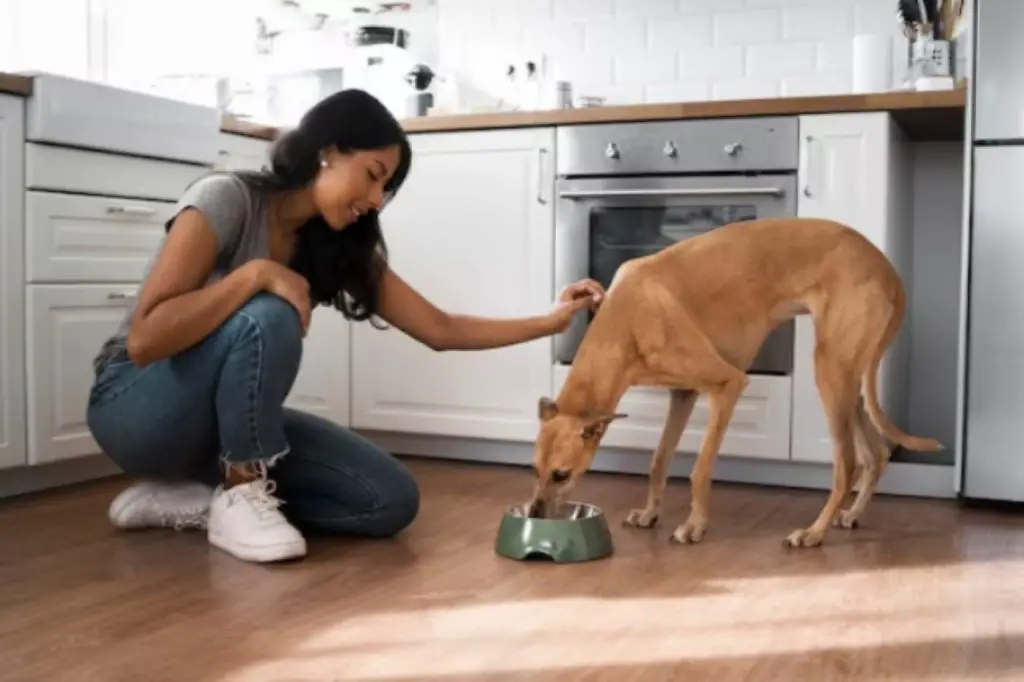
By consistently acknowledging and rewarding your dog’s good behavior, you’ll reinforce the habits you want to see, such as calmly ignoring shoes or furniture, and discourage unwanted chewing.
This approach is rooted in behavioral reinforcement, a powerful training technique that encourages desired actions by associating them with positive outcomes.
One effective method is clicker training, which uses a distinct sound to mark good behavior and immediately reward it with treats or praise.
Here are four ways to reward good behavior habits in your dog:
- Treats: Use tasty, low-calorie treats to reinforce good behavior, such as calmly ignoring chewable items.
- Praise: Verbal praise and affection can be just as rewarding as treats, so be sure to acknowledge good behavior with positive affirmations.
- Playtime: Reward good behavior with extended playtime or a favorite activity, such as a walk or game of fetch.
- Privileges: Grant special privileges, such as access to a favorite room or toy, as a reward for consistent good behavior.
Frequent Questions
You shouldn’t use punishment to stop your dog’s unwanted behavior; instead, focus on positive reinforcement by offering chewing alternatives like toys or treats to redirect their attention and satisfy their natural instinct to chew.
You’ll be surprised to know that 80% of dogs exhibit destructive chewing behavior. Identifying your dog’s chewing triggers is key. With consistent training, you can expect training timelines to range from 3-6 months to curb unwanted chewing.
You’ll notice that certain breeds are more prone to chewing and destruction due to breed characteristics, but it’s also essential to identify your dog’s individual chewing triggers to address the issue effectively, regardless of breed.
You’re a guardian of your den, just like a dragon. But instead of fire, you’ll use repellents to shield your treasures. You’ll discover various repellent types, and opt for safe alternatives that deter your dog without harming them.
You’re wondering if neutering or spaying will stop your dog’s destructive chewing behavior. Neutering benefits include reduced testosterone-driven behaviors, but it may not directly impact chewing. Be aware of spaying myths, as it’s not a guaranteed fix.






